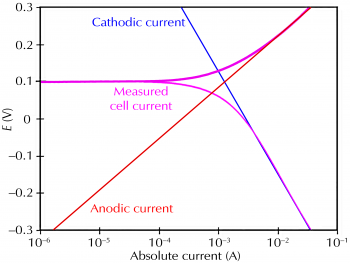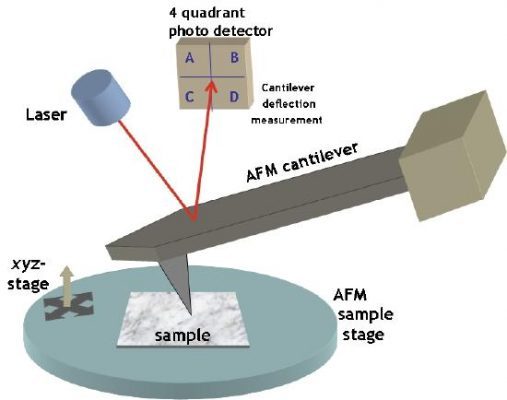
Corrosion is a major concern in many industries, as it can cause significant damage to infrastructure and equipment. To prevent corrosion, it is important to monitor the corrosion rate and take appropriate measures to mitigate it.
(more…)
Read more







